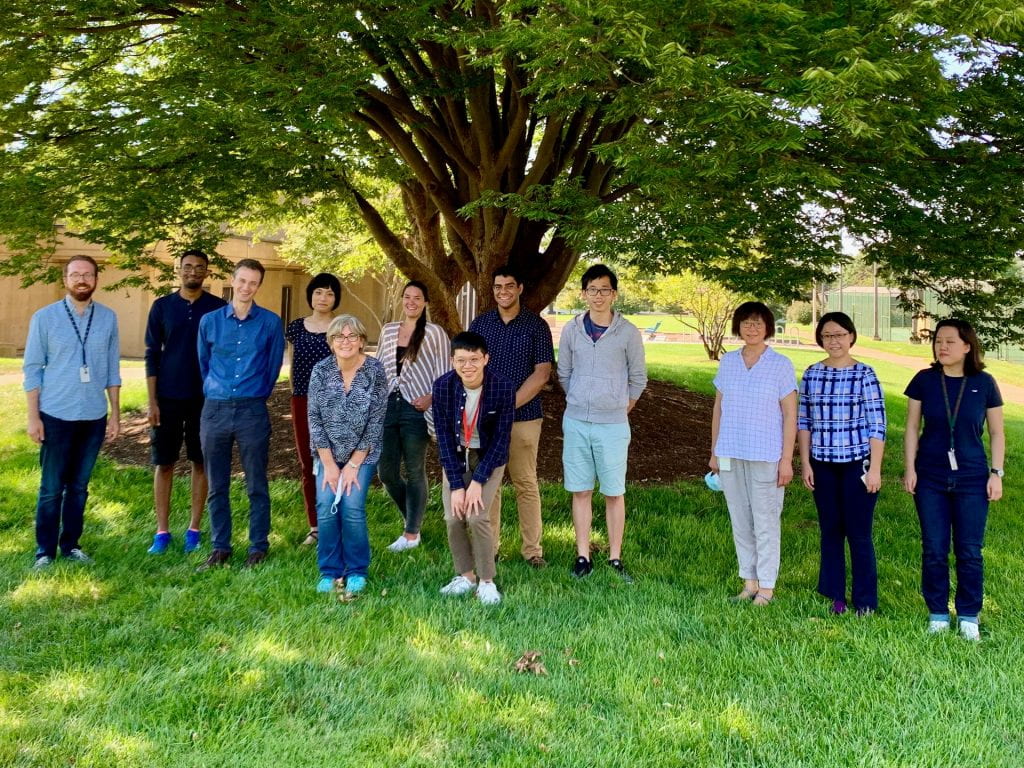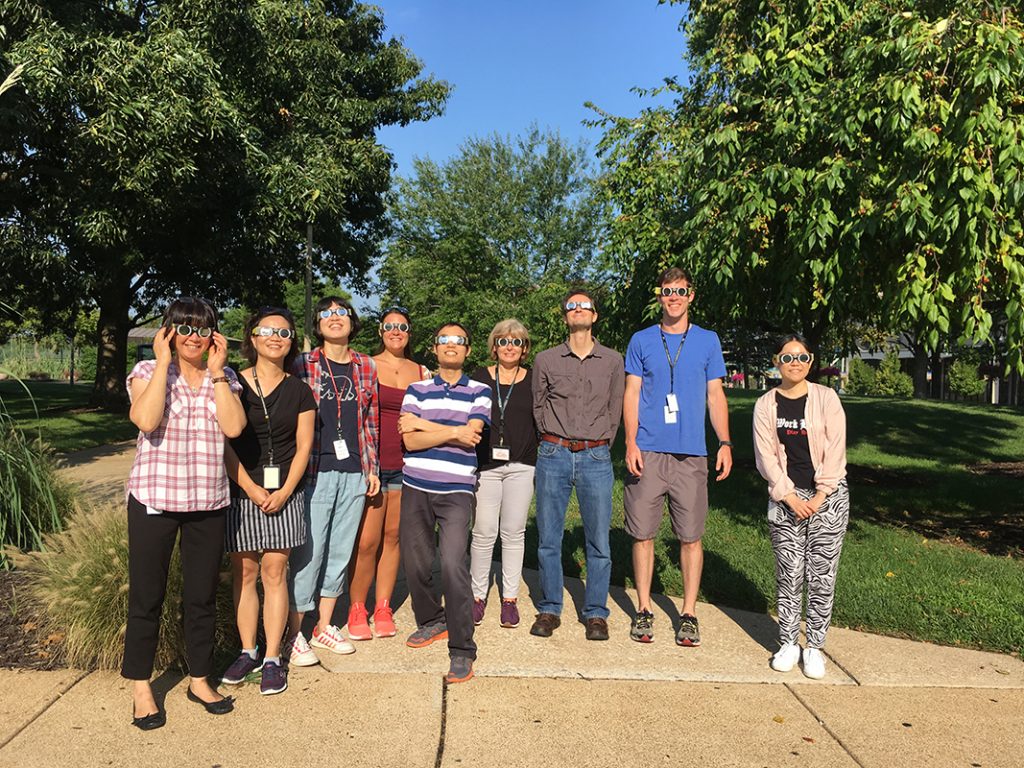Mission: The goals of our research are (1) to understand how neural circuits compute behaviorally relevant information, (2) to identify the principles and mechanisms that guide the assembly of neural circuits, and (3) to develop strategies to preserve and restore circuit functions disrupted by disease.
Approach: We currently concentrate on the retina and its subcortical targets. The retina lines the back of the eye and extracts visual information from the stream of photons focused by optical elements in the front of the eye. The retina transmits visual information to more than 50 targets in the brain via the spike trains of more than 40 ganglion cell types. We try to understand what spike trains of different ganglion cell types tell the brain about the visual world, how the brain uses this information to guide behavior, how responses of specific ganglion cell types arise in presynaptic circuits, how these circuits assemble during development, and how they are disrupted in disease. Our experimental approach is inter-disciplinary; we combine imaging, electrophysiology, molecular biology, viruses, and computational approaches to reveal the structure and function of visual system circuits.
Mentorship Statement: The Kerschensteiner lab is committed to providing a safe and inclusive environment for everyone regardless of race/ethnicity, nationality, ancestry, socioeconomic status, gender, sexual orientation, ability status, and marital/parental status. We believe that science is enriched and enhanced by different perspectives and are excited to train scientists from all traditional and non-traditional backgrounds.



